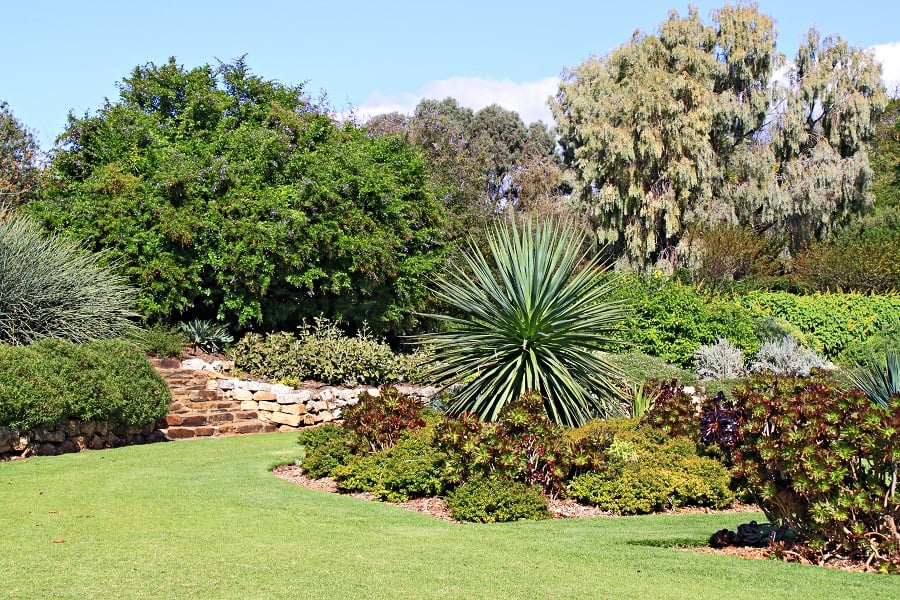Best 4 Tips For Gardening In Australia
With the warmer weather finally approaching in Australia, it’s time to get outside and start gardening. However, if you’re new to gardening or just want to learn some tips on how best to maintain your Australian garden, then this article is for you! Here we share four top tips from leading Melbourne gardener – TheHerbivore.com.au for creating the most beautiful garden possible.
Gardening is a fun hobby you can do yourself or even hire a landscaper or gardener to help you with. You can choose to garden on a small scale, or on a large scale depending on your needs and preferences. Gardening for relaxation or for profit, it doesn’t matter, because it’s all about enjoying the outdoors. So here are the tips for gardening:

1. Avoid planting tropical plants outdoors when it is still cold
You may have seen these beautiful plants at the garden center or in a friend’s garden. They are often tall, with large leaves and flowers that look like orchids.
However, tropical plants are not suitable for outdoor use in Australia as they need warm temperatures to survive. They also need lots of water, sunlight and fertilizer (often organic). If you try to grow them outdoors in winter when it is cold and wet, they will not survive very long at all!
If you want to grow a tropical plant indoors during winter, then make sure it has its own pot so that the roots don’t dry out too much and give it plenty of water every day. You can even use a humidifier nearby if necessary!
2. Select plants that are native to your area
While Australian native plants are most ideal, some non-native plants also thrive in their climate and soil conditions.
When selecting plants for your garden, consider the local climate and soil conditions. Native plants are those that have developed in response to a specific area of the world, either through evolution or simply through the human introduction of seeds from another area. As such, native plants are well-adapted for their climate and soil conditions. For example, Australian natives have evolved with little precipitation, so they tend to be drought tolerant as compared with other continents where there may be more frequent rains or snowfall throughout the year.
While many non-native species will do just fine in Australia’s arid climate (such as citrus trees), some don’t fare quite so well without irrigation or extra water when they’re first planted out into their new environment; these include many fruit trees and large shrubs like azaleas or roses which need regular watering during their first few years of growth until they become established enough to survive on their own without additional watering efforts.
Another advantage that native plants have over exotic ones is price—the latter tend to cost more than native varieties since most nurseries stock only exotics since these are easier for them to grow commercially (and because Australia has strict rules about importing certain species under quarantine regulations). The reason behind this difference can vary depending on where you live in Australia: if you live near an urban city like Melbourne then there might not be any horticulturalists nearby who can help you find native plant varieties, whereas if you live closer towards nature reserves like then there might be opportunities available.
3. Trim back the large trees and branches
In areas where there are tall trees that shade your garden, trimming back the large branches and leaves will allow more light to reach your plants. This is especially important in the Australian summer when you want as much sun as possible during the day. Avoid pruning trees during flowering season as this may cause flowers to drop prematurely and reduce fruit production. Also make sure not to trim branches that hang over power lines or those close to houses or buildings because they could fall onto people or property due to windy conditions caused by Australia’s hot weather.
4. Watering is key to maintaining a healthy garden
Watering is key to maintaining a healthy garden and keeping your landscaping attractive throughout the year. You can water with a hose, sprinkler or drip irrigation system; just make sure not to overwater the plants or the soil may become waterlogged. Water only in the morning or evening, not at night as it may encourage fungus growth. As a general rule of thumb, don’t overwater during winter and summer (when temperatures are high) and keep watering consistent during spring and autumn (when temperatures are moderate).
Conclusion
It is important to remember that the Australian climate is very different from what many people are used to. It can be challenging for those who have never lived here before, but with a bit of research and planning, anyone can grow a thriving garden in this amazing country.
